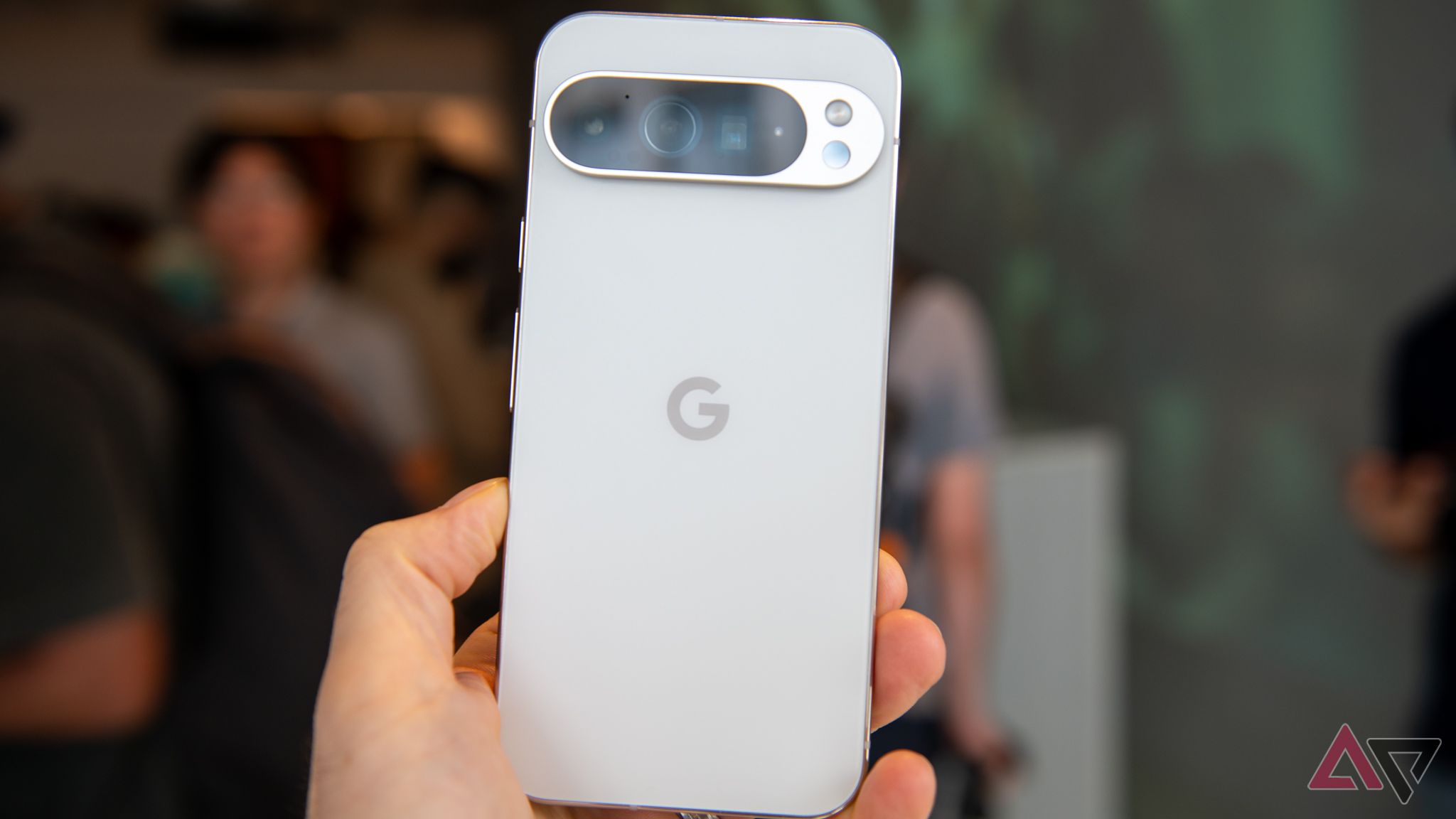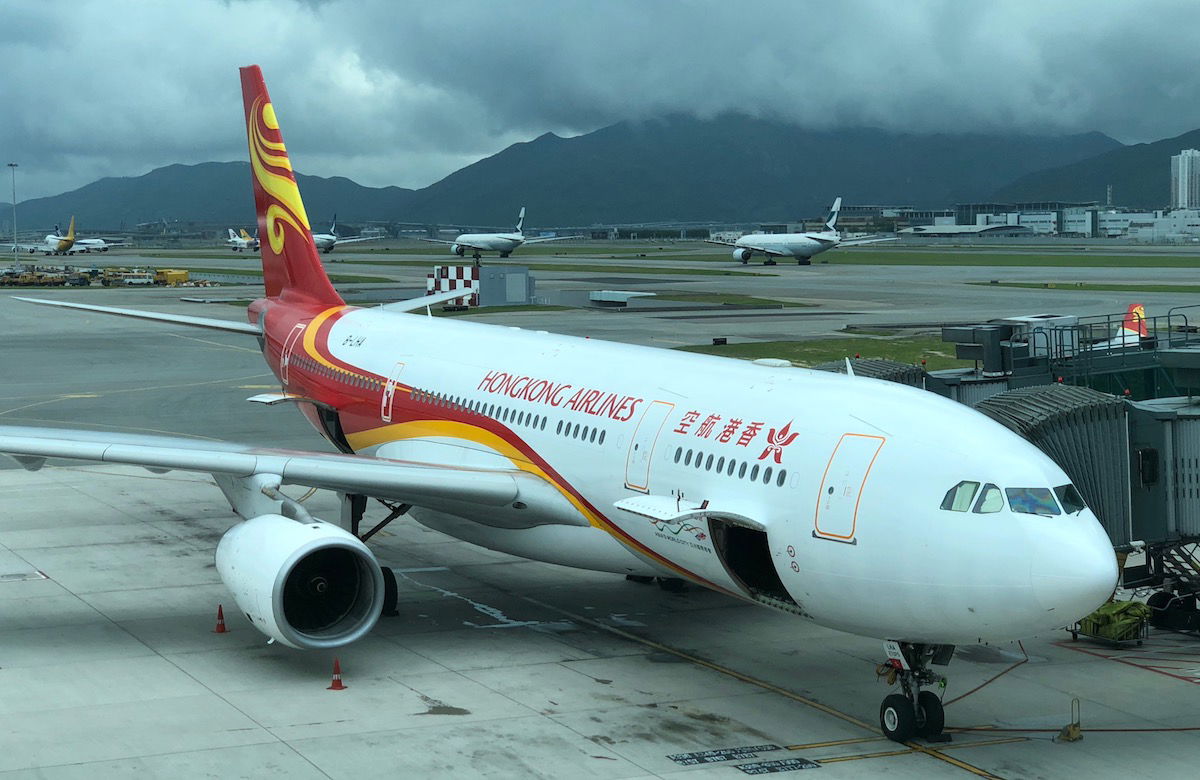For nearly a year, Android’s Ultra HDR implementation made editing images in Google Photos unnecessarily annoying. Android 14 brought system-wide support for Ultra HDR images, which have a higher dynamic range under the right conditions—which is great. But editing those Ultra HDR photos with Google Photos required you to save edited images as copies, which resulted in a lot of duplicates for me.
That’s no longer the case with the Pixel 9 series. Most edits to Ultra HDR images in Google Photos are saved over the original version of the photo, just like with standard images. You can also revert to the original version at any time. However, considering that the best Android phones now all shoot in Ultra HDR by default, this is more than just a Pixel problem.
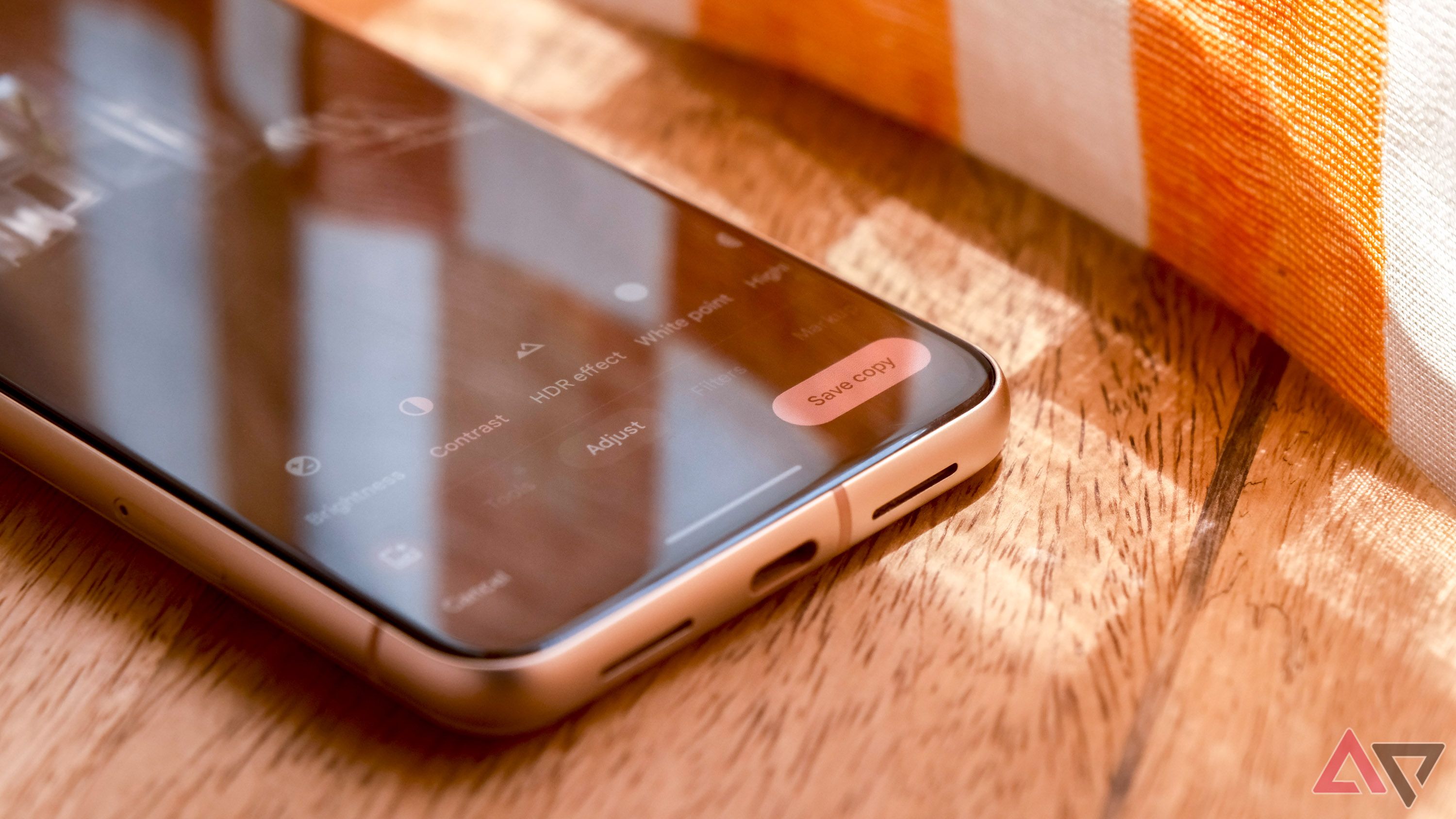
Related
Google Photos holds back HDR photography on Android
Why are all my edited photos saved as copies?
On Pixel 9, version 6.95.0.663024657 of Google Photos finally lets you edit Ultra HDR photos as you normally would, without the need for copies. As with any other photo, Google Photos lets you undo edits to Ultra HDR images to restore the original version of the photo, so you don’t lose anything when you make those changes. You also still have the option to manually save your edits as a copy if you want to have the original version alongside the edited version.
A few edits still create a copy when you save Ultra HDR photos. For example, you can’t add portrait blur or adjust the HDR effect slider without creating a copy, but these tools do the same for standard images. General changes to settings like brightness, highlights, and shadows no longer create a second instance of your photo; instead, the edited version is saved on top of the original. After an Ultra HDR photo is edited, you’ll be presented with an option to undo the changes you made, leaving the original in Google Photos.
Now available on Pixel 9
And hopefully soon everywhere else too
At the time of writing, this fix is exclusive to the Pixel 9 series. On my Pixel 8 running Google Photos version 6.95.0.663027175, most edits to Ultra HDR photos still result in a duplicate version being created. This behavior causes you to have multiple versions of each edited photo, which, depending on how often you retouch your images in Google Photos, can result in a lot of wasted cloud storage space.
Many Android phones from many manufacturers also take Ultra HDR photos by default, so this issue is more prevalent than on Pixel phones. I’ve contacted Google to find out when this fix will be available on other devices. We’ll update this article with any relevant information I receive.
-
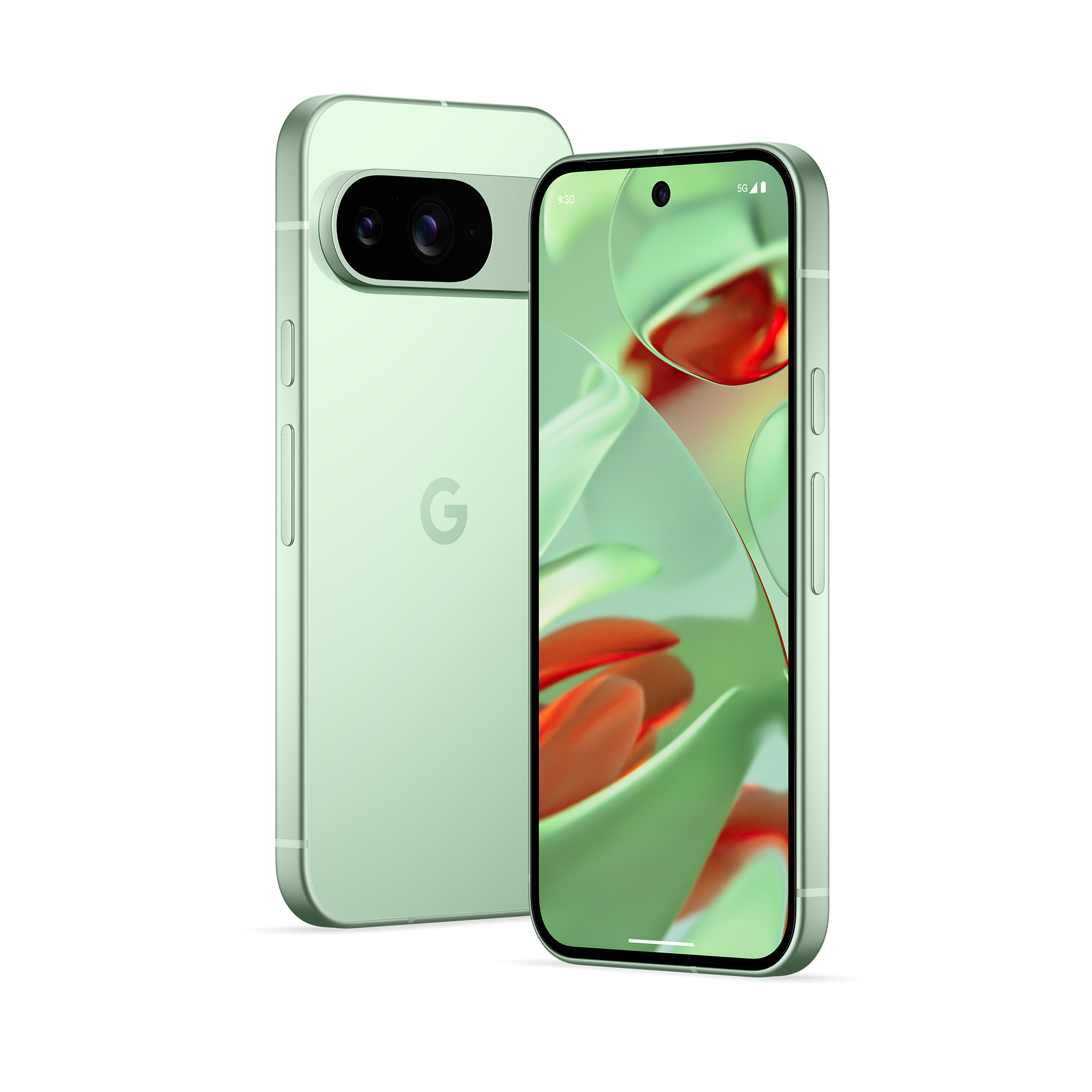
Google Pixels 9
The Pixel 9 is Google’s most affordable flagship of 2024. It makes some compromises compared to the Pixel 9 Pro and Pro XL, but retains the Google smarts the lineup has become known for. An improved 48MP ultra-wide camera is paired with a 50MP main camera, and the selfie camera has additional autofocus. All of this comes with new Gemini AI features and a 2,700-nit Actua display for exceptional value in this price range.
-
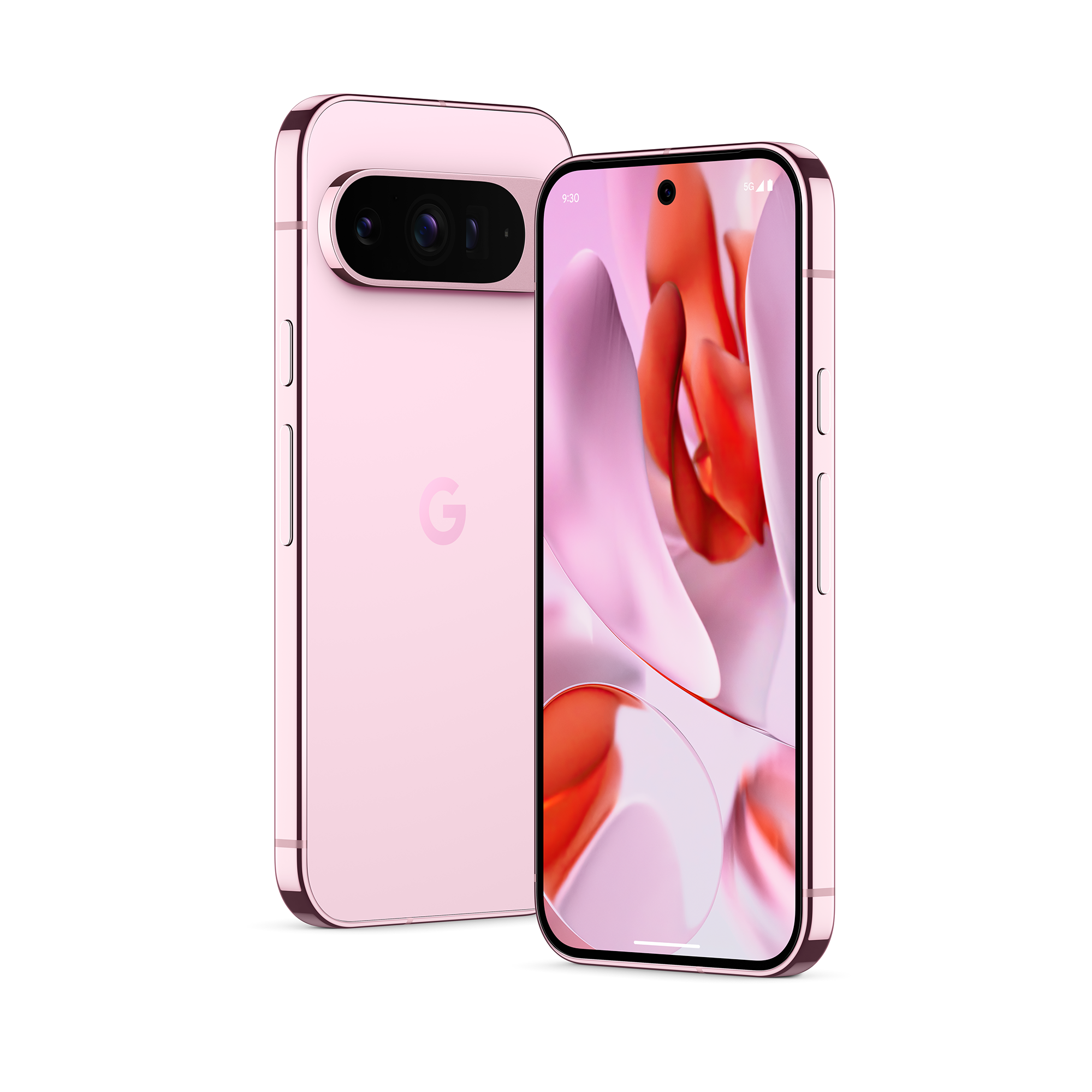
Google Pixel 9 Pro
A new addition to Google’s lineup, the Pixel 9 Pro is a smaller premium flagship that sits alongside the Pixel 9 Pro XL. The latter, despite its new XL name, is the direct successor to 2023’s Pixel 8 Pro, while the Pixel 9 Pro brings a new form factor to Google’s high-end offerings. It has the same dimensions as the standard Pixel 9 model while offering all the AI and camera power we’ve come to expect from Google’s Pro lineup.

